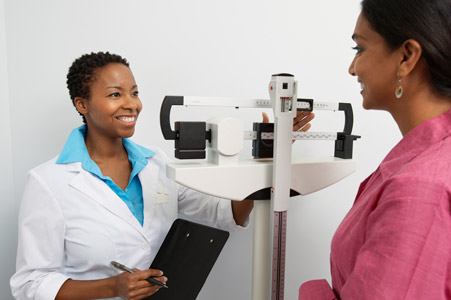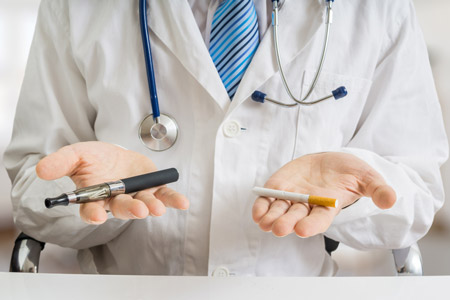


What Are the Most Common Side Effects of GLP-1 Medications?
GLP-1 medications have emerged as a valuable addition to the arsenal of treatments for type 2 diabetes, offering benefits such as improved blood sugar control, weight loss, and cardiovascular protection. However, like any medication, GLP-1 medications can sometimes cause side effects that may impact individuals' experiences with treatment.
Understanding the most common side effects of GLP-1 medications is essential for informed decision-making and effective management of diabetes. In this blog, we'll delve into the most prevalent side effects associated with GLP-1 medications, empowering individuals to navigate their diabetes management journey with confidence and awareness.
- Nausea: Nausea is one of the most commonly reported side effects of GLP-1 medications, particularly during the initial stages of treatment. Some individuals may experience mild to moderate nausea, which typically improves over time as the body adjusts to the medication. Starting with a lower dose and gradually titrating upward can help minimize nausea and enhance tolerability.
- Vomiting: In some cases, nausea associated with GLP-1 medications may progress to vomiting, especially if the nausea is severe or persistent. Vomiting can lead to dehydration and electrolyte imbalances, so it's essential to stay hydrated and seek medical attention if vomiting persists or is accompanied by other concerning symptoms.
- Diarrhea: Diarrhea is another common gastrointestinal side effect of GLP-1 medications, characterized by loose or watery stools. Like nausea, diarrhea may improve over time with continued use of the medication. Staying hydrated, consuming fiber-rich foods, and avoiding trigger foods or beverages can help alleviate diarrhea and support gastrointestinal health.
- Constipation: On the flip side, some individuals may experience constipation while taking GLP-1 medications, particularly if they have a history of gastrointestinal issues or a low-fiber diet. Increasing fiber intake, staying hydrated, and incorporating physical activity into daily routine can help alleviate constipation and promote regular bowel movements.
- Injection Site Reactions: GLP-1 medications are typically administered via subcutaneous injection, which can occasionally lead to injection site reactions such as redness, swelling, itching, or pain. Rotating injection sites and practicing proper injection techniques can help minimize discomfort and reduce the risk of injection site reactions.
- Hypoglycemia: While GLP-1 medications themselves rarely cause hypoglycemia (low blood sugar) when used as monotherapy, combining them with a mechanism of action that causes hypoglycemia such as insulin or sulfonylureas can increase the risk of hypoglycemia. Individuals taking GLP-1 medications in combination with such diabetes drugs should monitor their blood sugar levels closely and be prepared to treat hypoglycemia if it occurs.
- Decreased Appetite: Some individuals may experience a decrease in appetite while taking GLP-1 medications, which can be both a desired effect (supporting weight loss) and a potential side effect (leading to inadequate calorie intake). It's essential to monitor food intake and ensure that nutritional needs are met despite changes in appetite.
As always, consult with a healthcare professional for personalized guidance and support tailored to individual needs and circumstances.
The information on this site is for informational purposes only and should not replace direct medical advice, diagnosis, or treatment from your doctor or another qualified healthcare provider.
Sources:


.jpg)
.jpg)
.jpg)


















.jpg)





















.jpg)








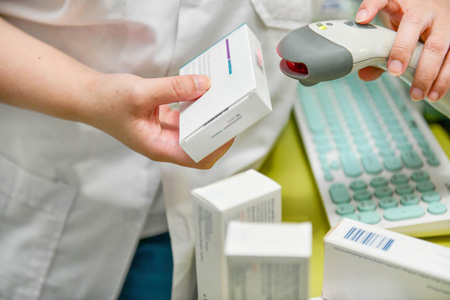




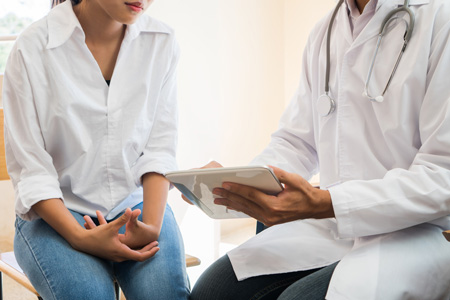



.jpg)




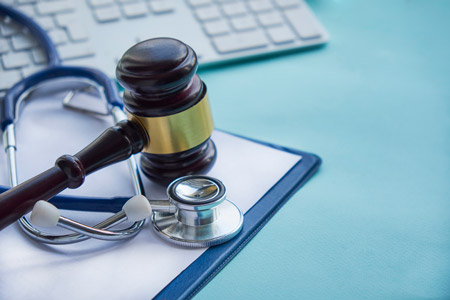













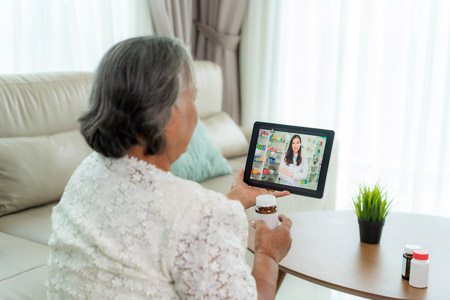



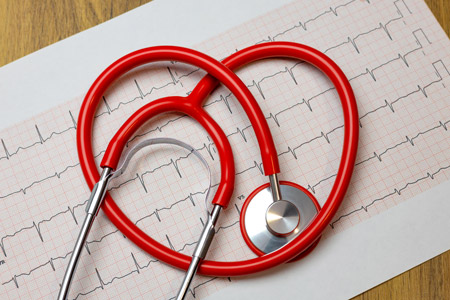



.jpg)
.jpg)
.jpg)


